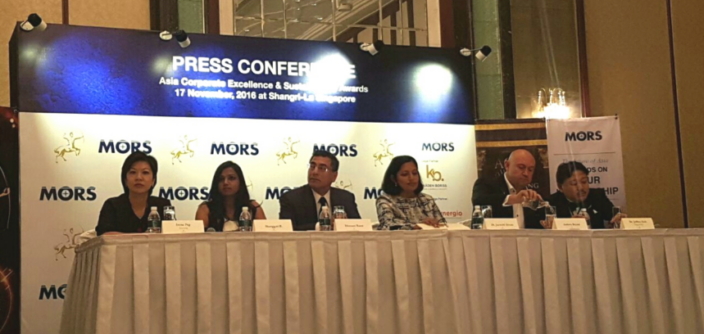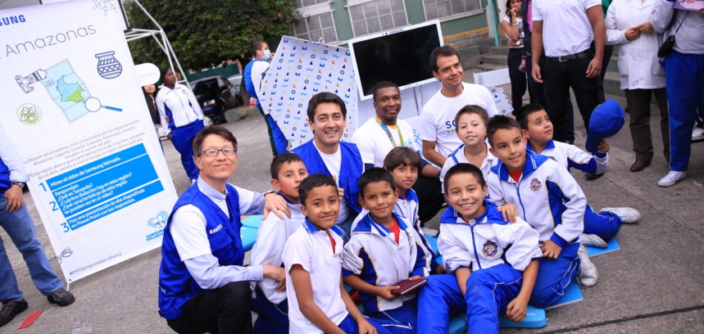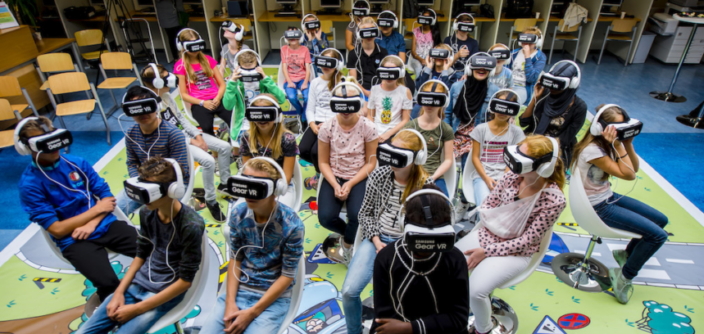The Circular Economy Today and Tomorrow
on December 2, 2016
It is often said that the world is running out of oil reserves, and humanity only has enough for a couple more decades. One reason for this is the sheer amount of resources that are being wasted. Many products are simply used once, and then thrown in the garbage. That sort of waste is costly – both in terms of disposal costs and for the burden it imposes on the environment.
However, an environmentally-conscious trend has emerged that aims at mitigating this problem – the “Circular Economy.” As opposed to a linear economy, in which resources are used one time and then thrown away, the circular economy works to minimize resource waste, boosting sustainability by repairing, refurbishing, and recycling existing products.
The circular economy represents a major policy initiative, focusing both on boosting economic development and environmental protection. It reduces the costs of extracting and processing resources, while lessening the environmental impact caused by excessive waste. To implement a circular-style economic system, companies need to decrease the quantity of natural resources they use and redesign their production system so resources can last longer. Additionally, products should be reused after production, recycled after disposal to find new life.
Circular Economy Efforts Globally
Today, many countries are working toward circular economies. In particular, the nations of the European Union (“EU”) have been the most active in making this transition. The EU first put forward a Circular Economy Package in July 2014 and is continuing to improve its associated systems and technical standards.
Major international cooperation organizations, including the UN and the Organization for Economic Cooperation and Development (OECD), are also encouraging the development of related circular economy policies, conducting a wide range of research into efficient resource utilization. That research includes how to assess resource sustainability, mineral recycling rates, and economic policy.
In the electronics industry, the circular economy requires designing products that are easy to upgrade and repair, as well as increasing the use of recyclable parts. More changes will occur in the manufacturing industry as various EU policies take effect, including in the areas of resource efficiency, product policies, waste alleviation, and finance.
How Samsung Reuses, Conserves, and Uses Resources Longer
To do its part to support the circular economy, Samsung Electronics is engaging in a range of activities that improve the efficiency of its resource usage and minimize the waste it generates. Among those steps, Samsung is trying to ease the repair and recycling of its products from the planning and designing stages, as well as prohibiting the use of harmful elements in its parts.
One example is with recycling plastics. Samsung Electronics is increasingly using plastics from disposed of electronics goods, processing the plastics for reuse in some new products. It is also designing products that are easier to disassemble, to increase recyclability. Furthermore, Samsung Electronics changes parts, reinstalls software, or changes labels for returned products and sells them as refurbished phones for reduced prices. This service is provided in the U.S. and U.K., and improves resource efficiency by facilitating the reuse of goods.
Another example is in recycling packing materials. In Korea, packing materials for items like refrigerators used to be thrown away after being used just one time. But then Samsung changed the material it uses for packing, switching to more durable materials, so now packing materials can be reused. Recycled paper is also being used for the boxes that cellphones and PCs come in. In 2015 in Korea alone, Samsung Electronics recycled 79,950 tons of products, including refrigerators, washing machines and displays, as well as 7,040 tons of packaging.
The company is also reducing the resources it uses by minimizing screen thickness, bezel width, and TV screen weight. Products with rapid replacement cycles, like cellphones, can be restored as usable products. In some countries, Samsung collects old cellphones from consumers, then repairs and refurbishes them. Those restored devices can be provided to consumers at an affordable price, once again saving on resources.
Samsung’s efforts to implement a circular economy are not limited to recycling resources. The company is also working to release products with a longer life expectancy, so that consumers can use them for a long time before needing replacements. Software is updated regularly to help extend device lifespans. Furthermore, the company provides a range of customer assistance services, both online and offline, so consumers can resolve issues that may arise with their products and use them longer.
The world is striving to create a more circular economy, and Samsung Electronics is actively trying to make those changes, too. Creating a more sustainable economy will change the world in many ways, and Samsung will continue to do all it can to implement environmental and resource-related solutions while producing the best products.












